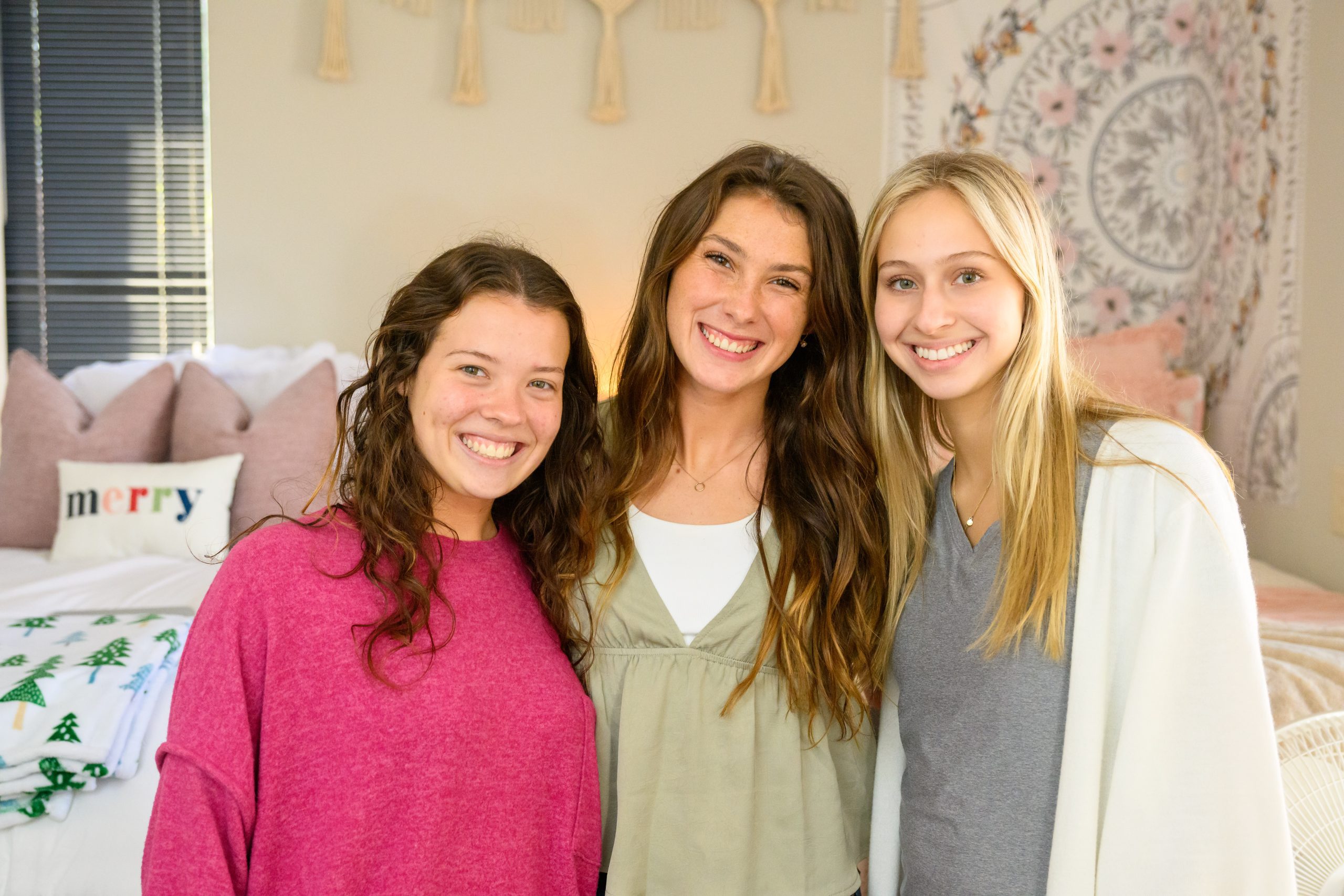[NIKON Z 9, NIKKOR Z 24-120mm f/4 S, Mode = Aperture Priority, ISO 5000, 1/200, ƒ/4, (35mm = 44)]
Choosing the right lens for the situation is crucial for a photographer to capture the best possible shot. Different lenses are suitable for different scenarios, and it is essential to understand what each lens can do and how it will affect the final image.
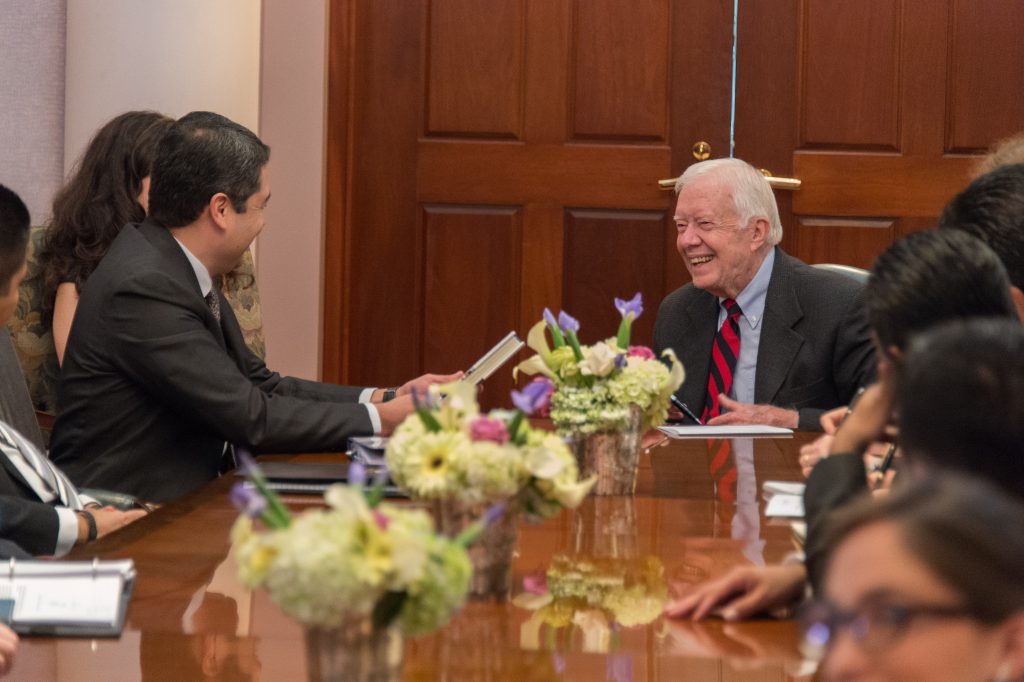
My most used lens is the Nikon 28-300mm ƒ/3.5-5.6 VR, which I use for most of my event work. This lens’s wide zoom range makes it versatile for capturing different angles and perspectives. It also has a built-in vibration reduction system that helps me capture sharp images, even in low-light conditions.
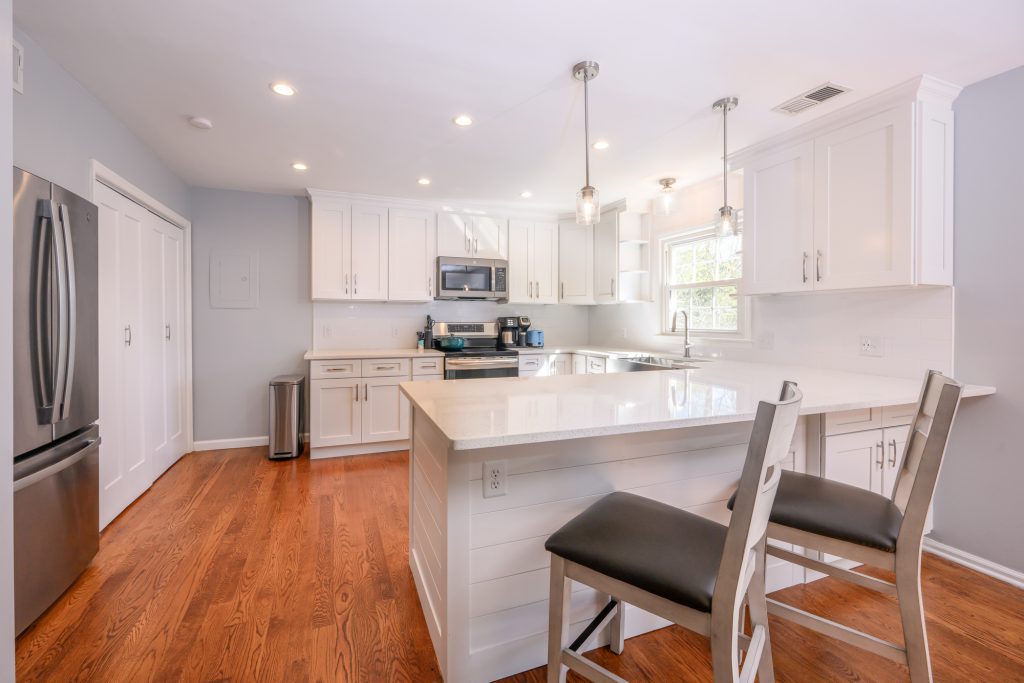
The Nikon 14-24mm ƒ/2.8 is my go-to lens for photojournalism, where I like to get close and still capture the context. Also, I use this with real estate and architecture photography. This lens has a wide-angle perspective that allows me to capture sweeping vistas and intricate details of buildings. It also has a fast aperture of ƒ/2.8, which is helpful in low-light situations. I sold this lens and replaced it with the mirrorless Nikon 14-30mm ƒ/4. With today’s high ISO cameras combined with the Denoise software, I cannot think of when I will need the ƒ/2.8 to justify double the price.
The Nikon 24-120mm ƒ/4 is another versatile lens I use for various situations. It has a constant aperture of ƒ/4 throughout its zoom range, making it useful in low-light conditions. I particularly like this lens for portraits as it has a flattering focal length and can create a shallow depth of field. This lens has replaced my 28-300mm since I switched to the mirrorless Nikon Z6 and Nikon Z9 cameras.
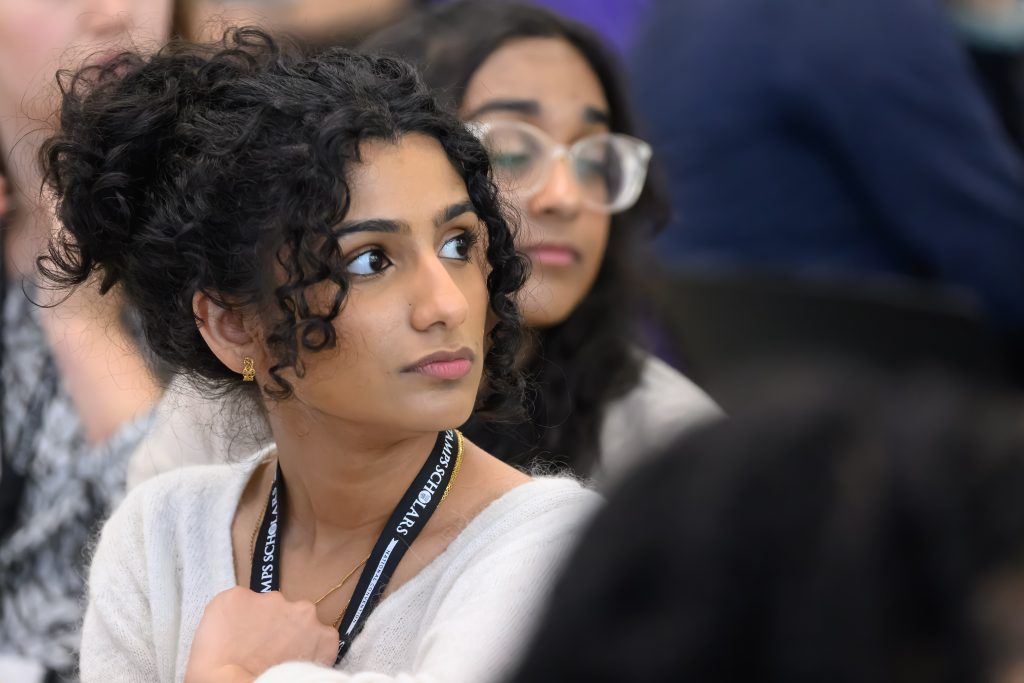
The Nikon 100-400mm ƒ/4.5-5.6 VR S is my choice for events and sports photography. This lens’s long zoom range allows me to get up close to my subjects while maintaining a safe distance. It also has a fast autofocus and vibration reduction system that helps me capture sharp images of fast-moving subjects. This lens with 24-120mm is the two lenses I use all the time for event work.
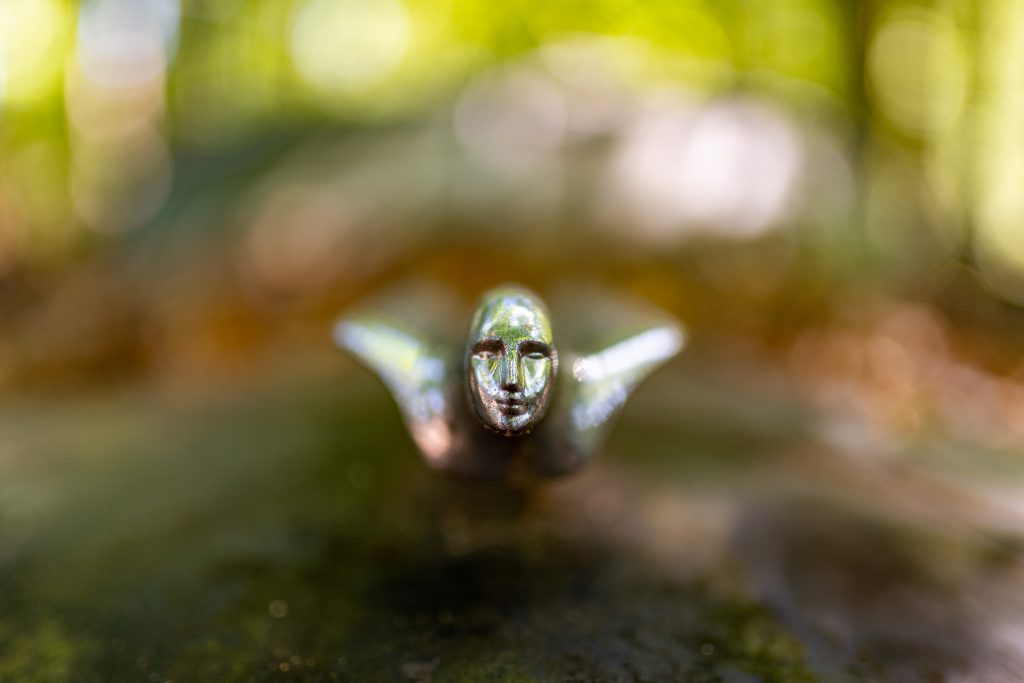
Regarding specialty lenses, the Sigma 35mm ƒ/1.4 is my favorite for creative and artistic shots. This lens has a wide aperture of ƒ/1.4, creating a shallow field depth and a beautiful bokeh effect. The Nikon 85mm ƒ/1.8 and ƒ/1.4 are excellent portrait photography choices. When I upgraded from the 85mm ƒ/1.4 D, I chose the 85mm ƒ/1.8 for the F mount. I liked the lighter size and didn’t see much difference between it and the ƒ/1.4 to justify carrying that extra weight. I will upgrade to the Z mount in the coming year.
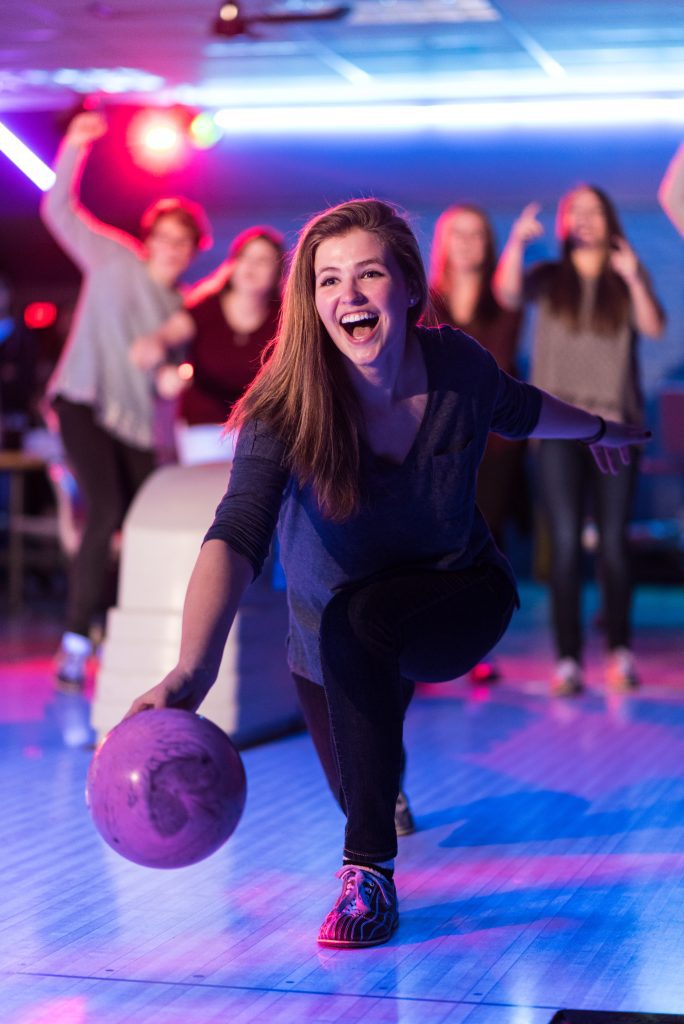
In conclusion, choosing the right lens for a particular situation is essential to capture the best possible shot. Understanding what each lens can do and how it will affect the final image is critical to making the right choice. Whether it’s a versatile all-purpose zoom lens or a specialty lens designed for a specific type of photography, having the right tools can make all the difference in your photography.

